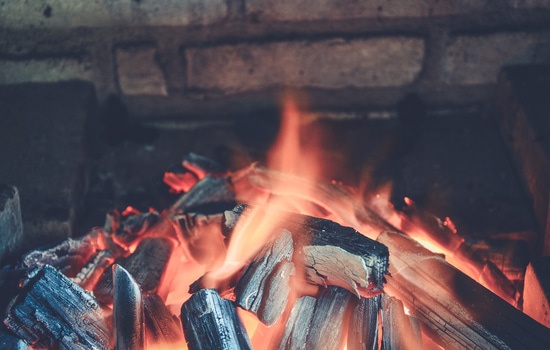
Fireplace Safety Tips for Families
Though we’ve officially said goodbye to summer, there are some activities that transcend seasons. Family bonding over a fire is one of them. Nothing says summer like a blazing bonfire framed by the inky night sky, and nothing says winter like a crackling fire in the fireplace. Whether you’re lighting a flame inside or outside, safety should be your primary concern. Here are some tips for keeping your family safe, as well as toasty warm, this winter.
Be selective with your wood
Make sure you are burning wood that is dry, clean and aged. Try seasoned hardwood such as oak, ash or maple. Twigs and branches from your backyard, boxes or other household waste and recyclables may be readily available, but they will cause sparks and smoke – two things you don’t want inside your home.
Give your fireplace sufficient time to cool before cleaning it
Fireplace coals and embers remain hot long after the flames are extinguished. Protect your hands and use a shovel or a fireplace scoop to move the ashes and embers from your fireplace to a metal container. If you use your fireplace frequently, you may want to invest in a fireplace vacuum.
But always keep it clean
Have your fireplace and chimney cleaned by a professional every year, (at least every two), preferably before it’s first use of the season. Make sure whomever you hire is not only cleaning your fireplace but also inspecting it for cracks. Consider installing a cap at the top of your chimney to keep flammable debris, organic matter and moisture out.
Be careful what – or who – is near the fireplace
This means stockings, furniture, pets and children. Keep everything remotely flammable at least three feet away from your fireplace.
Install a barrier
Particularly if you have young children or pets, a fireplace screen could mean the difference between a happy and hairless cat/puppy/hamster/child. Screens can be made to custom fit your fireplace and also your unique stylistic preferences. Screens can be detachable, bowed, single, double paneled or openable like a door.
Install smoke alarms – (and make sure they work!)
And while you’re at it, invest in a fire extinguisher making sure it’s in an easily accessible place.
Know how to detect a chimney fire
Teach everyone in the household the possible signs of a chimney fire. Dense smoke, rampid flames, low rumbling sounds, excessive popping noises, and unusual smells coming from your fireplace could all be signs of a developing fire.










